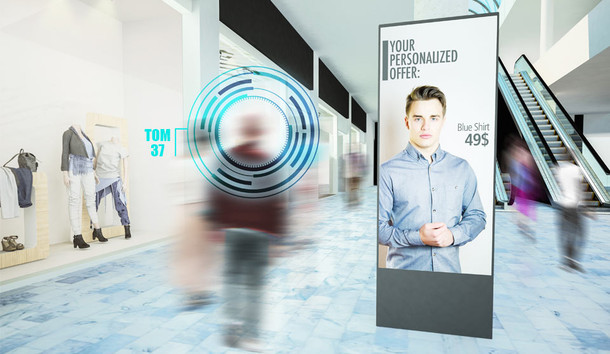The Changing Face of Retail: Let’s Make Things Personal
It wasn’t too long ago that the height of retail personalisation was sending a customised email with embedded <firstname> fields. But technology, and retail, move quickly, and personalisation has gone from a ‘nice to have,’ to a key differentiator in building brand success.
We are in a time where value is everything; to both consumers and retailers. Personalisation in retail can have a significant impact on both profit and brand loyalty, making a solid business case for greater adoption, while technology has significantly transformed what is possible.
But what really is personalisation?
Perhaps beginning with what it isn’t is an easier explanation. Personalisation isn’t the same thing as segmentation. While segmentation is a step in the personalisation journey, personalisation goes far beyond that.
While segmentation groups customers according to various demographics, the fact is that these ‘clusters’ can and do frequently have very different buyer profiles, tastes and interests.
While personalisation takes account of segments, it aims and intends to treat customers as who they are; individuals. It goes beyond targeting customers that are ‘like’ them – it’s customers that are them.
Engagement of this kind looks more like a dialogue and conversation with each individual customer, and not only powers the bottom line, but builds brand loyalty and advocacy.
In fact, when questioned, 63% of consumers said that they would stop buying from brands that use poor personalisation tactics.(1) The task of personalisation has become fundamental in meeting customer expectations.
Personalisation is a continual dialogue with customers
So, how are businesses getting in on this move towards personalisation?
The intent of retail personalisation is to be in step and active with consumers at each touchpoint of their buying journey. This begins with their initial discovery searches for inspiration, with suggestions of suitable alternatives and complementary products, and, post-purchase, with follow-up communications suggesting and showing what the customer may wish to buy next, based on their purchase, browsing and social data.
All of this data is powered by AI, which builds pictures of each individual consumer, and then uses algorithms to identify trends and patterns with others who share similar characteristics. The two are combined to power the suggestions and next steps and even when these are made at a time that is optimal for that customer.
The best AI personalisation tools also have contextual understanding factored in. Just because many of us will be perusing flowers to purchase for Mother’s Day, it doesn’t mean that we are innate lovers of flowers and wish to buy them year-round.
It sounds like a costly investment, but 91% of consumers are more likely to shop with brands that recognise, remember, and provide relevant offers and recommendations.(2)
Not only that but there’s money to be made. Companies that thrive at personalisation earn 40% more money from these activities than their competitors.(3)
What does this look like in the real world?
Consider the online clothing companies who ask customers to fill out a quiz about the kind of clothing style they have, their size and their body shape, then send a fully curated outfit each month, based on that person’s individual style. Or the large online retailers and supermarkets, who understand your previous purchasing history, to provide recommendations of other products that they think you may like, or supply discount vouchers for the products they know that you regularly buy. How many of us have made a purchase as a result?
Of course, while this is somewhat easier to achieve with online shopping, it can also be successfully executed in stores with loyalty cards and location-based services. Many companies will have messaging services set up that can attract passing traffic by sending targeted offers when customers are nearby, using NFC communication tools.
Companies have understood that there should be no demarcation between customers who shop with them online, and those who shop in-store. For online brands with a high street presence, all data is collected and utilised, taking into account differences or similarities in what each consumer purchases where.
This gives them the opportunity to focus on individual stores or customers, to ensure that they have what they need where they need it.
Remember how we previously discussed the metaverse? It will also play a part in personalisation, with people being able to shop, browse and purchase in virtual stores, for e-commerce fulfilment. Where and how shoppers buy in the metaverse will also translate into the full personalisation journey. The same is true for social media engagement, where likes are tracked and added to customer data to build a truer picture of their likes and dislikes, to offer more personalised services.
It’s all about engagement
While it’s somewhat easier for large organisations with the budget and resources to personalise the customer journey, using surveys, questionnaires and a solid customer database that can track and collate clicks, likes, purchases, times of visits and more is also possible for smaller companies too.
This information can be streamlined with targeted marketing campaigns, and even automated content that takes customers on a journey that builds a dialogue, captures key information and shares relevant information at the right time.
While it may sound like a lot of work, thankfully, technology takes most of the strain. It’s a tool that’s been proven to lower customer acquisition costs by up to 50%, boost profits and enhance the efficiency of marketing spend.(4) So the only question is: If not now, when?
References:

